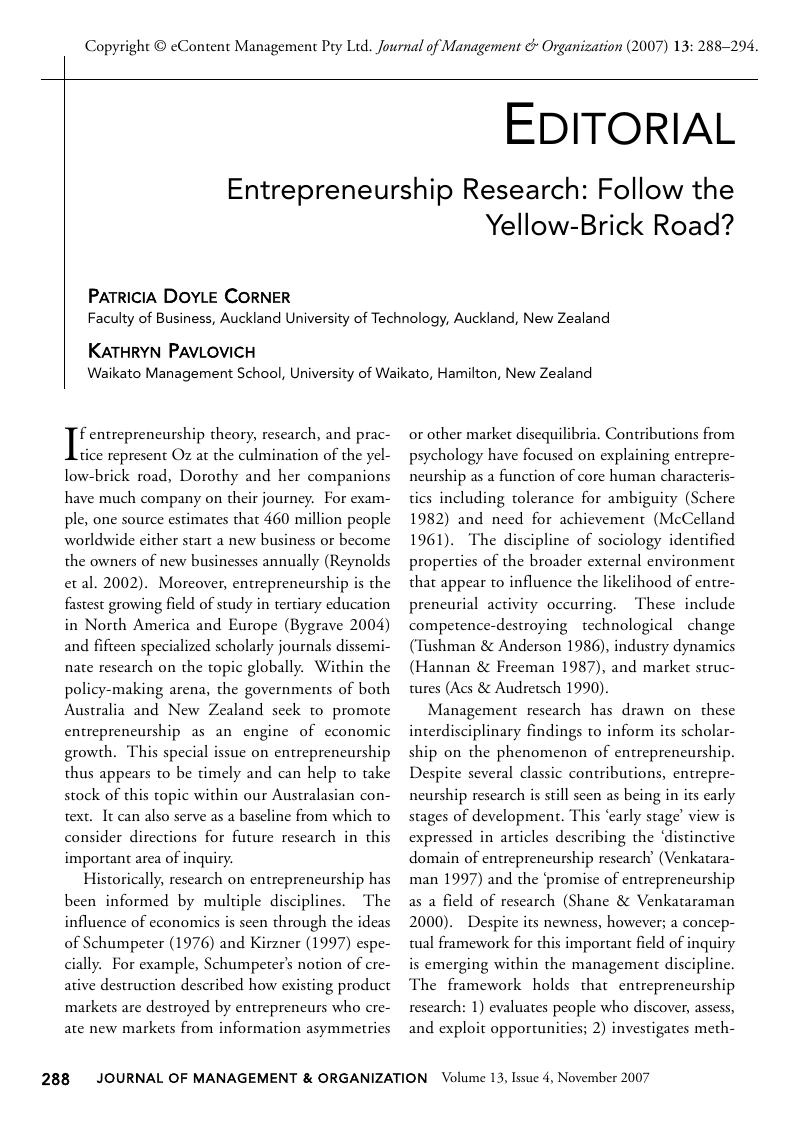Crossref Citations
This article has been cited by the following publications. This list is generated based on data provided by Crossref.
Wee, Lionel
and
Brooks, Ann
2012.
Negotiating Gendered Subjectivity in the Enterprise Culture: Metaphor and Entrepreneurial Discourses.
Gender, Work & Organization,
Vol. 19,
Issue. 6,
p.
573.
Ben-Hafaïedh, Cyrine
2013.
Essai de modélisation de la constitution des équipes entrepreneuriales.
Vie & sciences de l'entreprise,
Vol. N° 193,
Issue. 1,
p.
11.
Bensemann, Jo
Warren, Lorraine
and
Anderson, Alistair
2021.
Entrepreneurial engagement in a depleted small town: Legitimacy and embeddedness.
Journal of Management & Organization,
Vol. 27,
Issue. 2,
p.
253.
Mazra, Math
Sahut, Jean-Michel
and
Hikkerova, Lubica
2021.
Diversité, conflits et performance dans les nouvelles entreprises : nouvelle approche, nouvelles évidences.
Revue de l’Entrepreneuriat,
Vol. Vol. 19,
Issue. 4,
p.
125.
Hanage, Richard
Davies, Mark Alexander Phillip
Stenholm, Pekka
and
Scott, Jonathan Matthew
2024.
Extending the Theory of Planned Behavior – A Longitudinal Study of Entrepreneurial Intentions.
Entrepreneurship Research Journal,
Vol. 14,
Issue. 3,
p.
1223.



